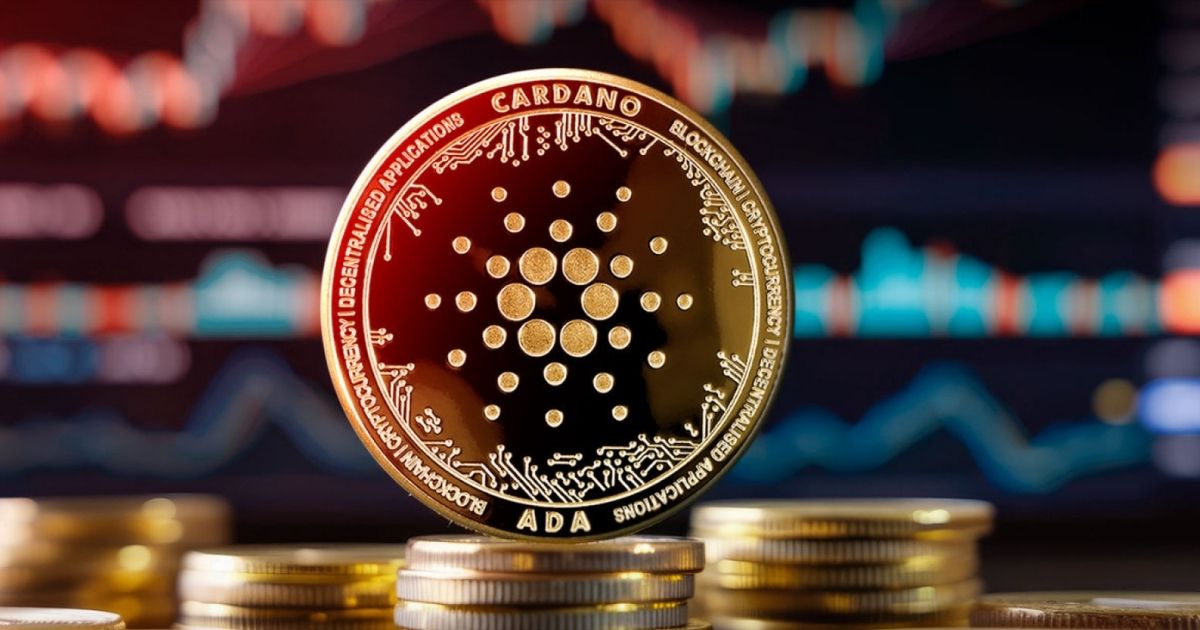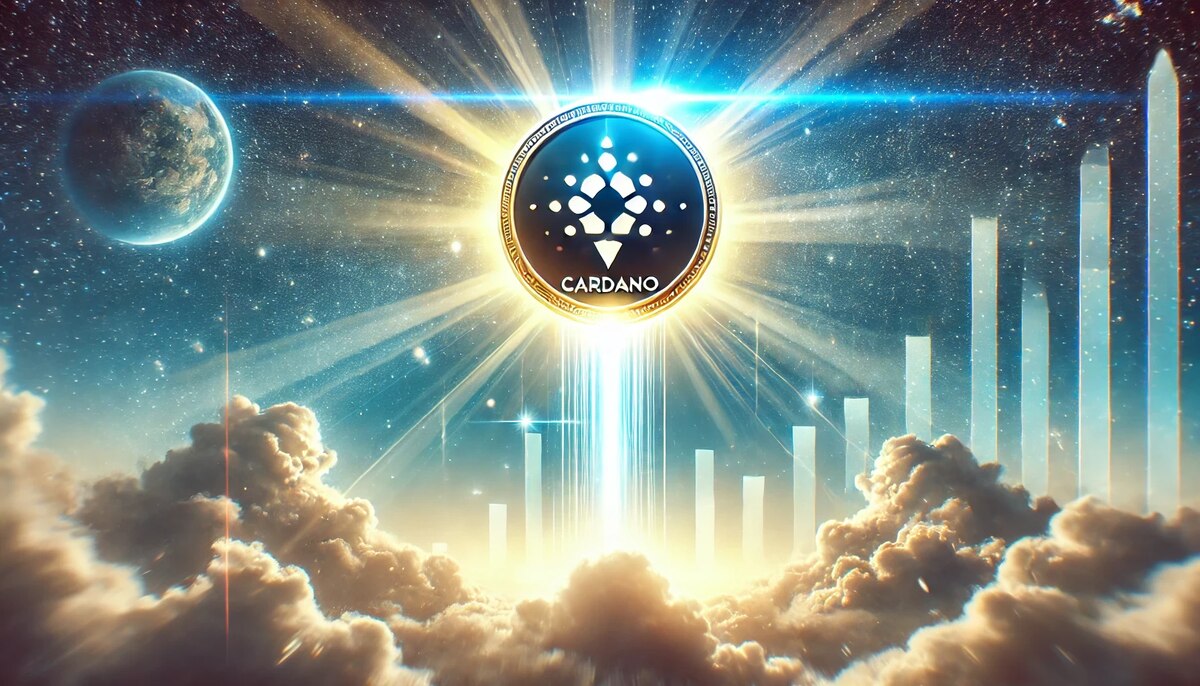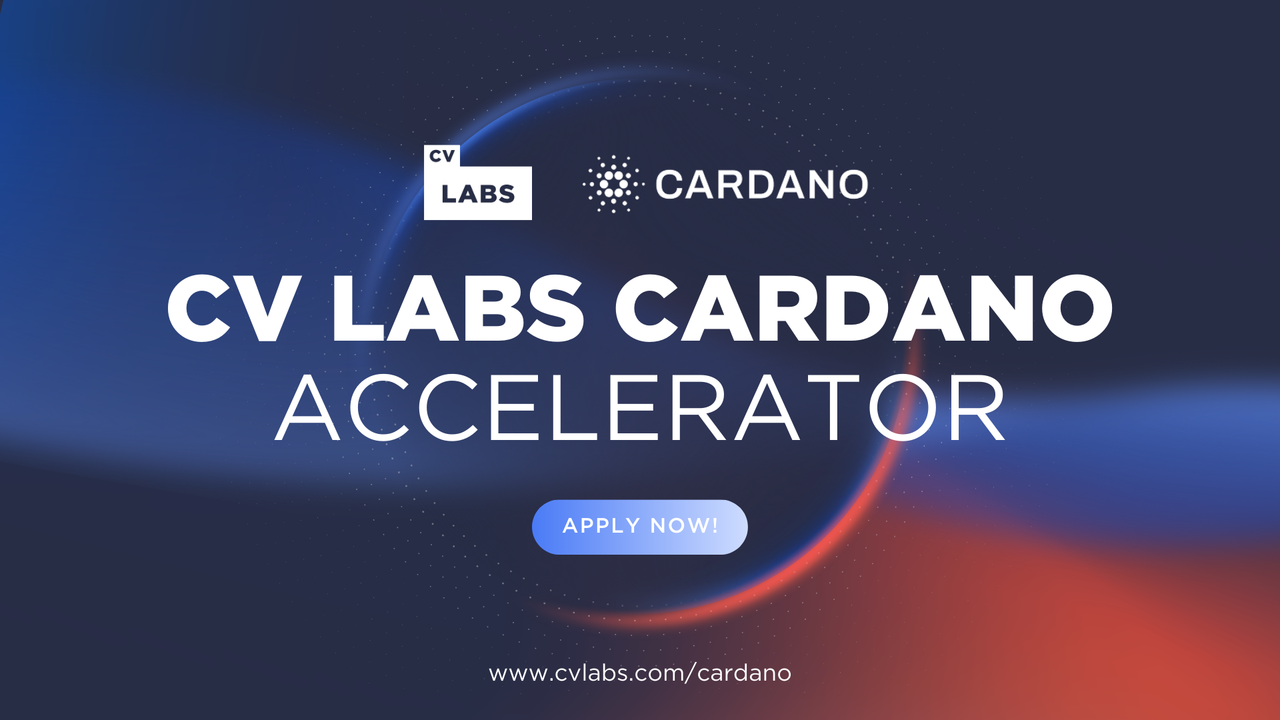Cardano vs. Ethereum: Who’s Winning the Blockchain Interoperability War?
As blockchain evolves, Cardano and Ethereum are at the center of the interoperability battle. Explore how both networks are shaping the future of seamless cross-chain communication.

The age of blockchain silos is fading fast. In its place, a new era is emerging—one where networks no longer operate in isolation but must learn to speak fluently with one another. At the forefront of this evolution stand two titans: Cardano and Ethereum. While their visions of a decentralized future differ, they now find themselves entangled in the same mission—building the bridges that will connect the fragmented world of blockchains. But whose approach is truly paving the way forward?
Ethereum: Leading the Way with Layer 2s and Bridges
As the first smart contract platform, Ethereum naturally attracted the largest developer ecosystem. However, it also became the most congested and expensive. To fix this, Ethereum focused on scaling through Layer 2 networks like Arbitrum, Optimism, and zkSync. These protocols ease network pressure and offer faster, cheaper transactions.
But Ethereum’s interoperability efforts don’t stop there. Bridges like Polygon, Wormhole, and Axelar have enabled Ethereum-based assets to move across chains, albeit with varying degrees of decentralization. The recent adoption of rollups has also empowered Ethereum to serve as a central hub in the multi-chain universe.
Ethereum’s approach, however, heavily relies on external infrastructure. It doesn’t aim to talk natively to other chains but encourages others to build around it. This can be powerful, but it also makes Ethereum reliant on third-party systems for its cross-chain capabilities—a potential security and governance risk.
Cardano: Building Native Interoperability from the Ground Up
While Ethereum advances through third-party solutions, Cardano is quietly building a more integrated system. Founded on peer-reviewed research, Cardano has taken a slower, more methodical approach—but one that could pay off in the long run.
Through sidechains and protocols like Midnight and Hydra, Cardano enables secure, native interactions with other blockchains. More recently, IOHK, Cardano’s development arm, introduced Interoperability Frameworks that allow developers to build bridges to Bitcoin, Ethereum, and other ecosystems without leaving the Cardano ecosystem.
Where Ethereum relies on fast execution, Cardano focuses on formal verification, security, and long-term governance. Its Extended UTXO (eUTXO) model adds a unique layer of predictability to transactions, simplifying multi-chain smart contracts. Cardano doesn’t just aim to connect chains—it seeks to do so securely and sustainably.
Different Paths, Same Destination?
It’s tempting to ask who’s “winning” right now, but the real answer is more nuanced. Ethereum currently powers a massive share of Web3, DeFi, and NFTs. Its interoperability is active, even if patchwork. On the other hand, Cardano is building an ecosystem where interoperability is part of the DNA—not an afterthought.
From a developer’s perspective, Ethereum offers maturity and flexibility. From a governance and security standpoint, Cardano provides confidence and long-term thinking. As both platforms evolve, users must decide what matters more: speed or structure, accessibility or accountability.
Related article: Cardano Surprises Traders as ADA Price Rises 11% Amid Sell-Off
The Road Ahead: Why This War Benefits Everyone
Blockchain interoperability isn’t about one chain to rule them all—it’s about all chains talking. The more Cardano and Ethereum compete, the more the entire industry benefits. Cross-chain apps will become more user-friendly. Assets will move more freely. Communities will grow beyond tribal loyalty.
In this war, the winners might not just be Cardano or Ethereum but the builders and users who can finally explore a truly connected crypto landscape.
So, who’s winning? For now, it’s too close to call. But one thing’s clear: Interoperability is no longer optional—it’s the next standard.

Delegate Your Voting Power to FEED DRep in Cardano Governance.
DRep ID: drep12ukt4ctzmtf6l5rj76cddgf3dvuy0lfz7uky08jfvgr9ugaapz4 | We are driven to register as a DRep by our deep dedication to the Cardano ecosystem and our aspiration to take an active role in its development, ensuring that its progress stays true to the principles of decentralization, security, and community empowerment.DELEGATE VOTING POWER!









